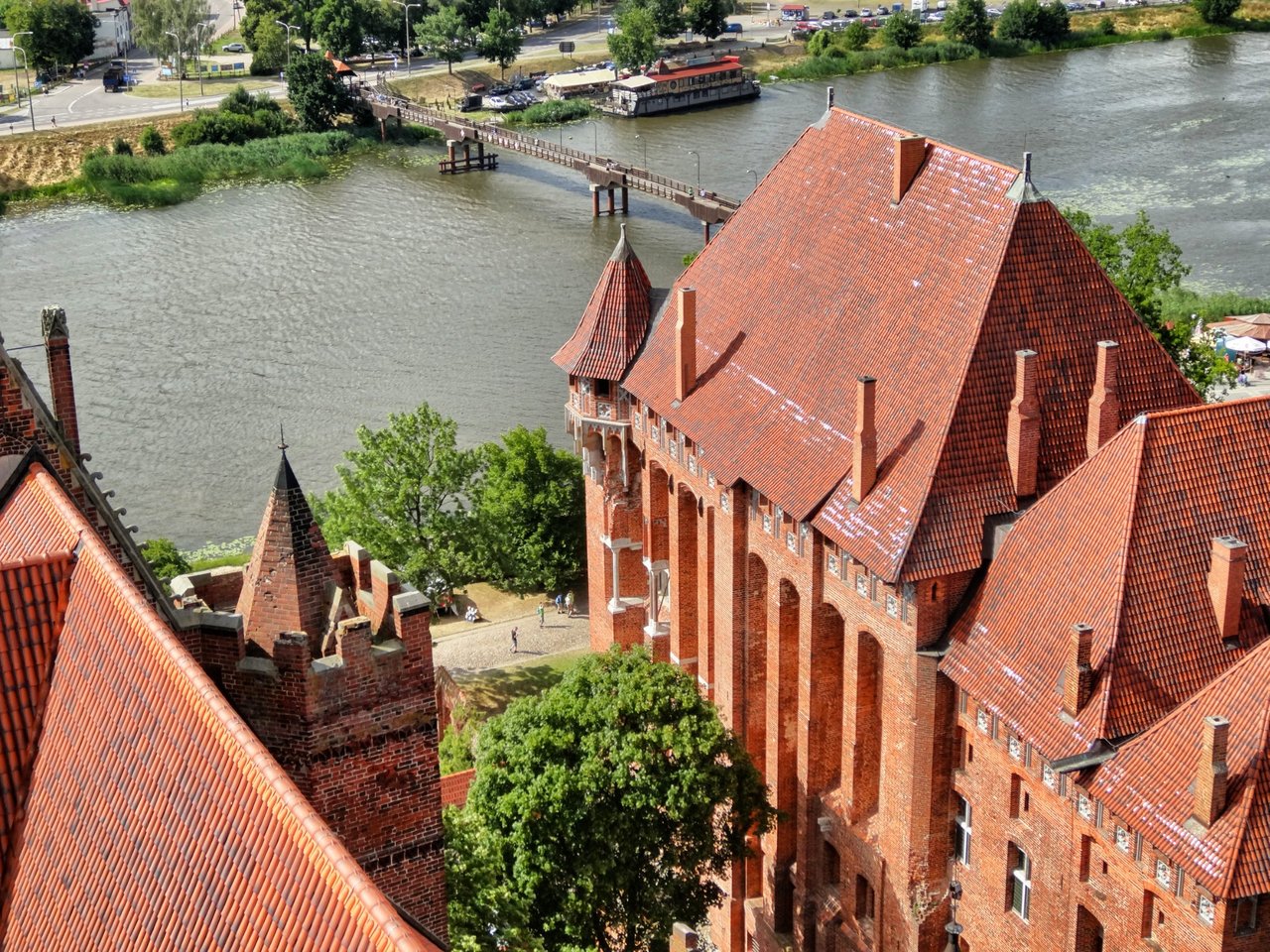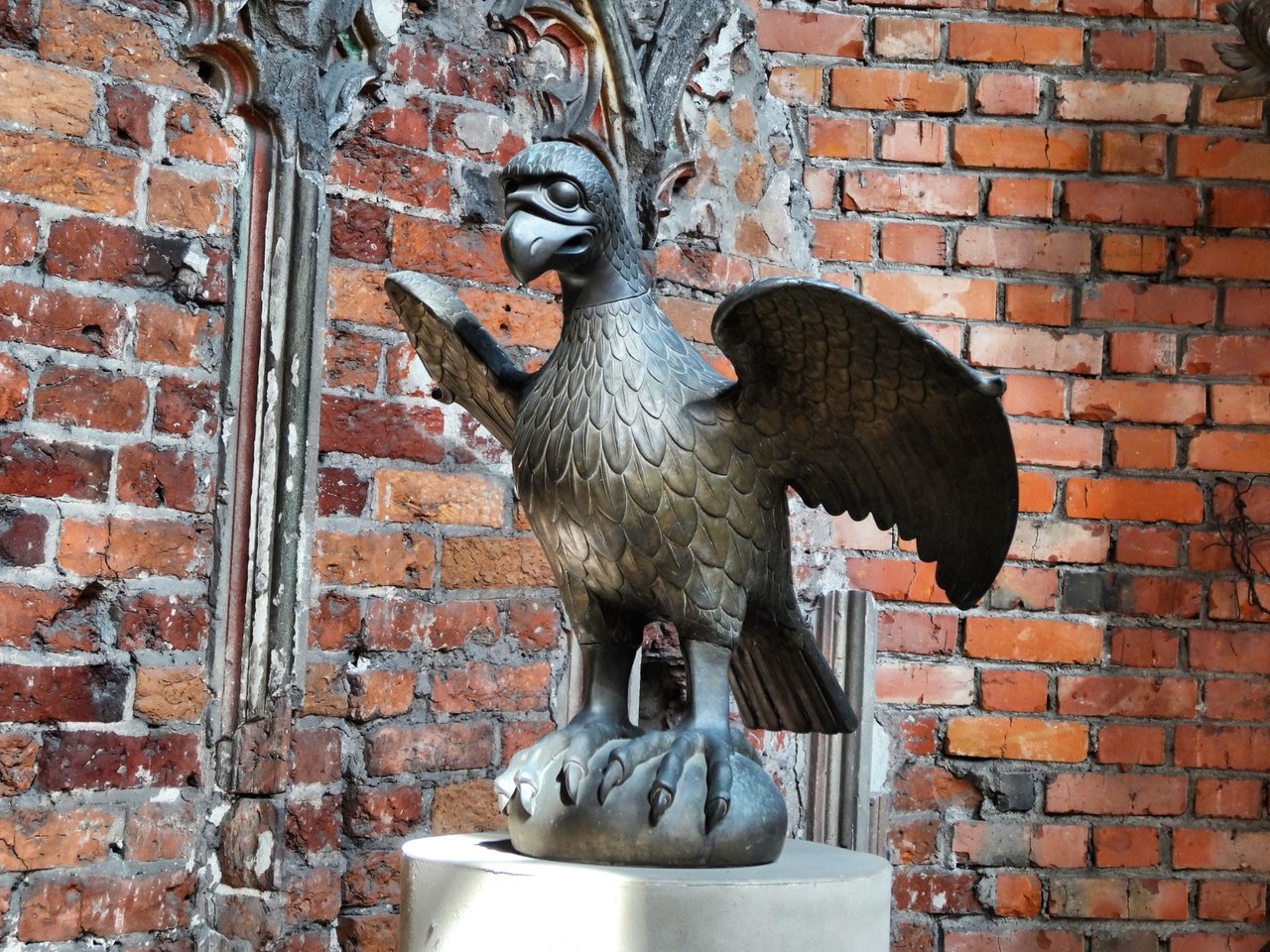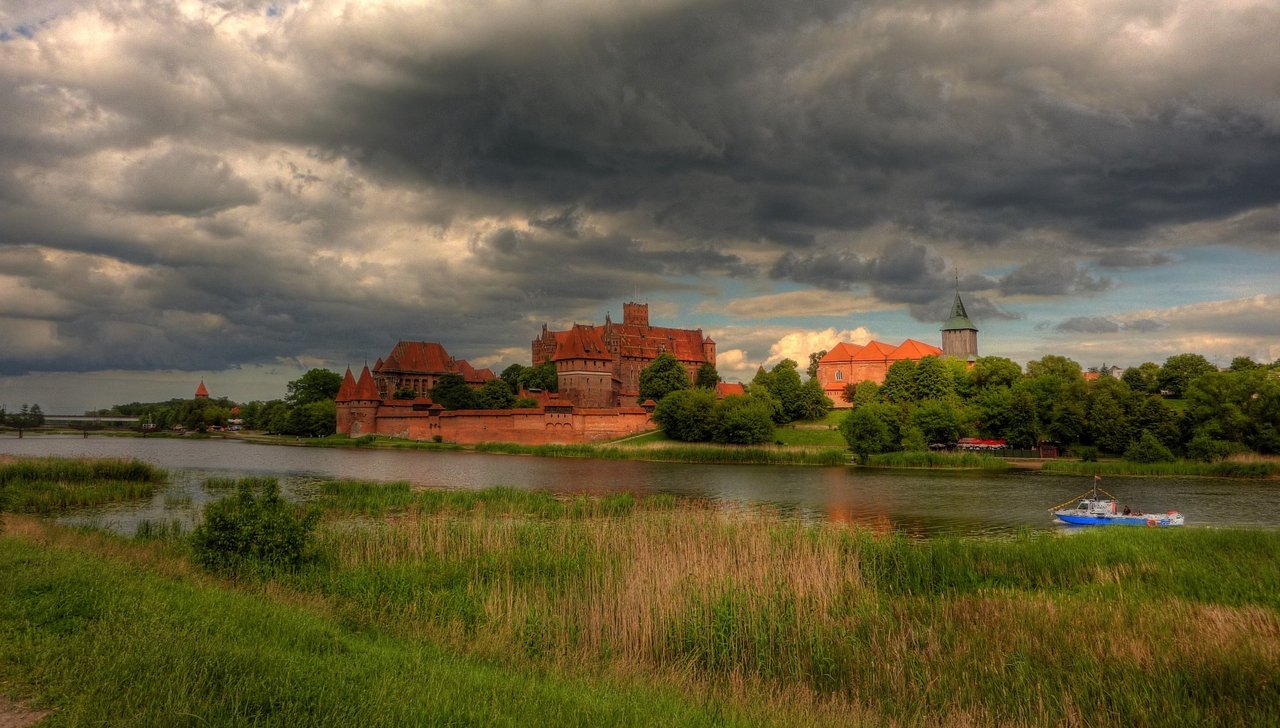We want to go to Poland, a country near and far away at the same time. What adventures are waiting there? Today we visit the Malbork, a giant castle made by long forgotten knights, the holy grail of the knight time.
You can read the first part here, second here, 3 here and 4 here and the 5 here
It is considered an architectural superlative of the Middle Ages: The Teutonic Knights built Marienburg Castle, Europe's largest brick structure, out of millions of mud bricks on the banks of the Vistula estuary Nogat.
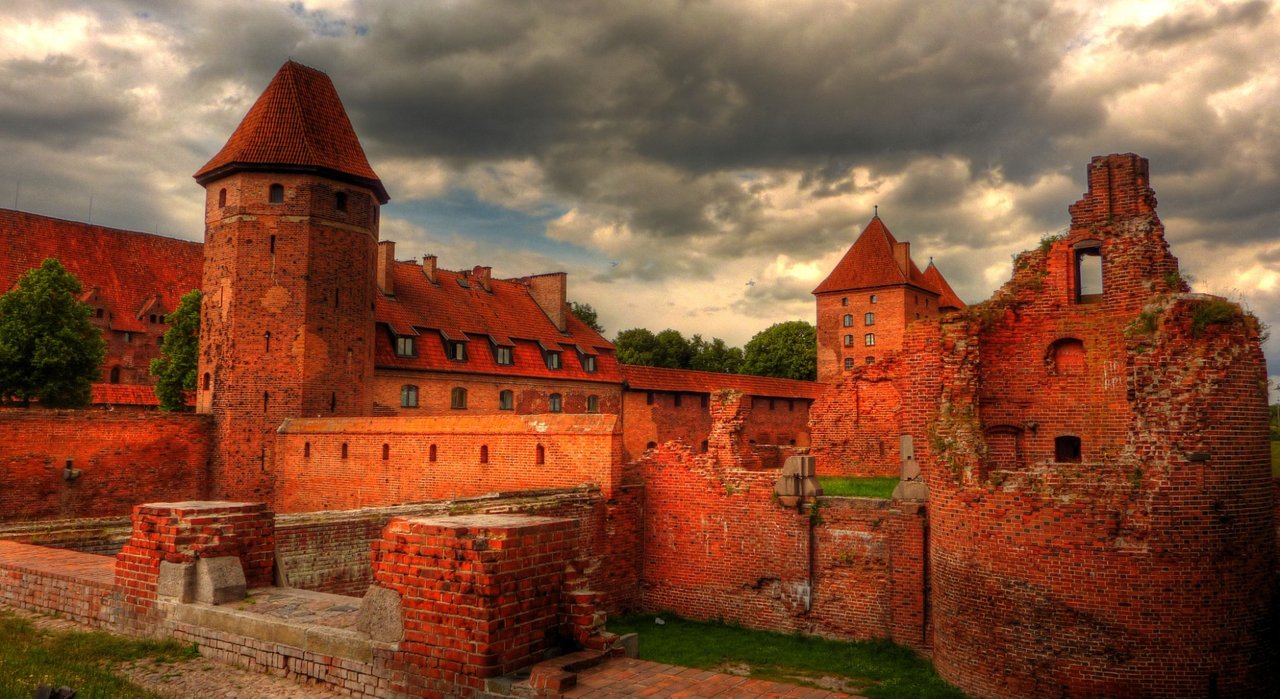 Glowing stones at the castle
Glowing stones at the castle
The walls rise up in bright red, seemingly impregnable, even though much here is relatively new. At the end of World War II, large parts of the castle were destroyed - it seemed almost the end of the structure, which is associated with almost 1,000 years of history. We visit this building today, so you know: It is still there! After all these years.
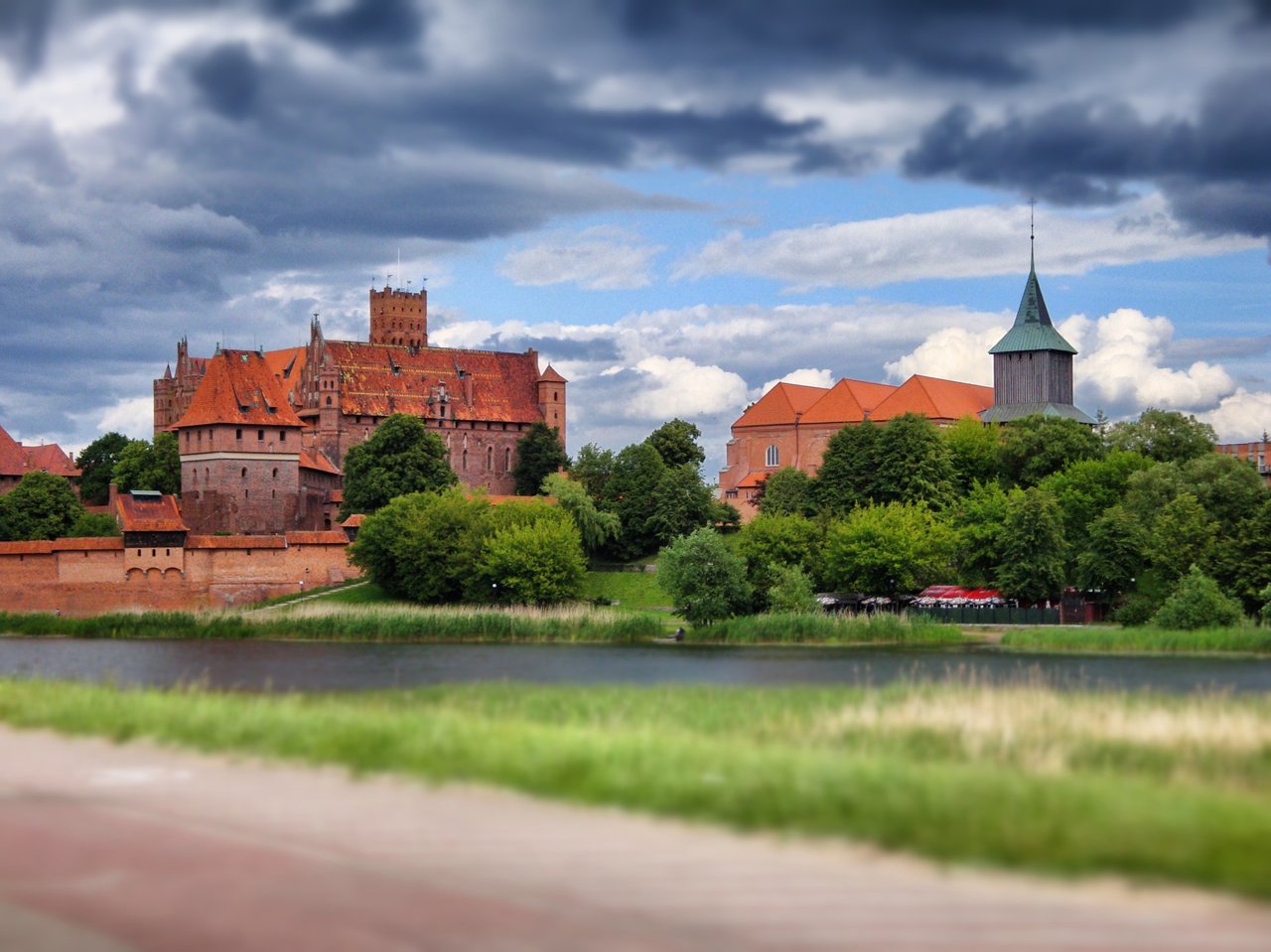 View from the other side
View from the other side
They are Teutonic Knights
The German Order (Ordo Teutonicus), colloquially known as the "Teutonic Knights", built the masterpiece. Originally, this was a Roman Catholic religious order that had come into being around 1190 during the Third Crusade in the "Holy Land" at the siege of Acre (today Israel). After its later elevation to the status of a clerical order of knights, the Spitalgemeinschaft also became involved militarily and politically in the Holy Roman Empire, the Mediterranean region, and Transylvania, and was instrumental in the German colonization of the East.
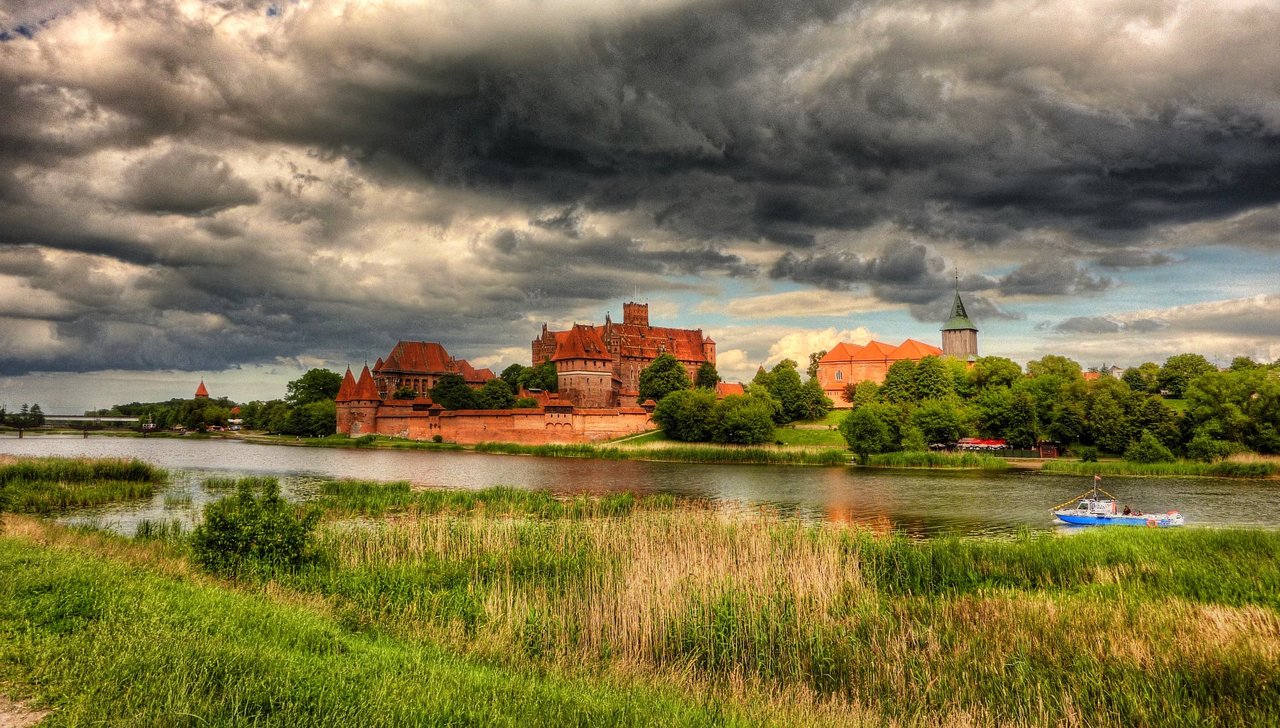 History under dark clouds
History under dark clouds
A number of permanent branches of the Order were established at that time, and the power of the knights eventually culminated in the Order's state, which was founded in the Baltic States at the end of the 13th century. At the height of its power, however, the Teutonic Order suffered a decisive defeat in 1410 at the Battle of Tannenberg against the Polish-Lithuanian Union. It was almost the end of the state. But near the Marienburg the knights of the Order later won another battle against the Poles and Lithuanians and so their saved their empire.
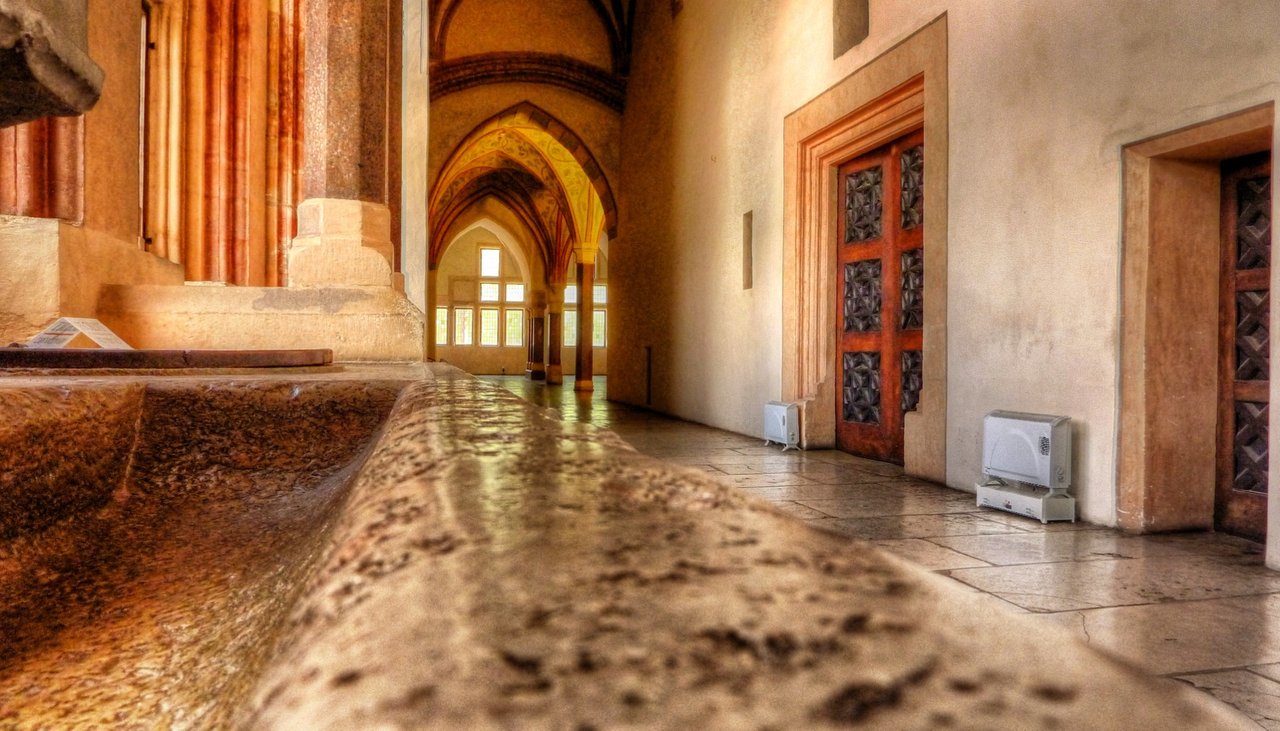 Inside the castle
Inside the castle
500.000 visitors a year
Today the castle saves a good part of the Polish tourism. Some 500,000 visitors come every year, and on some days the old walls are crowded. UNESCO has long since designated the site southeast of Gdansk a World Heritage Site. The city of Malbork, as the Polish name for Marienburg is, is then also full of curious visitors who want to hear about the Holy Grail and the knights who protected the Christian pilgrims. It's a global journey the knightes have had.
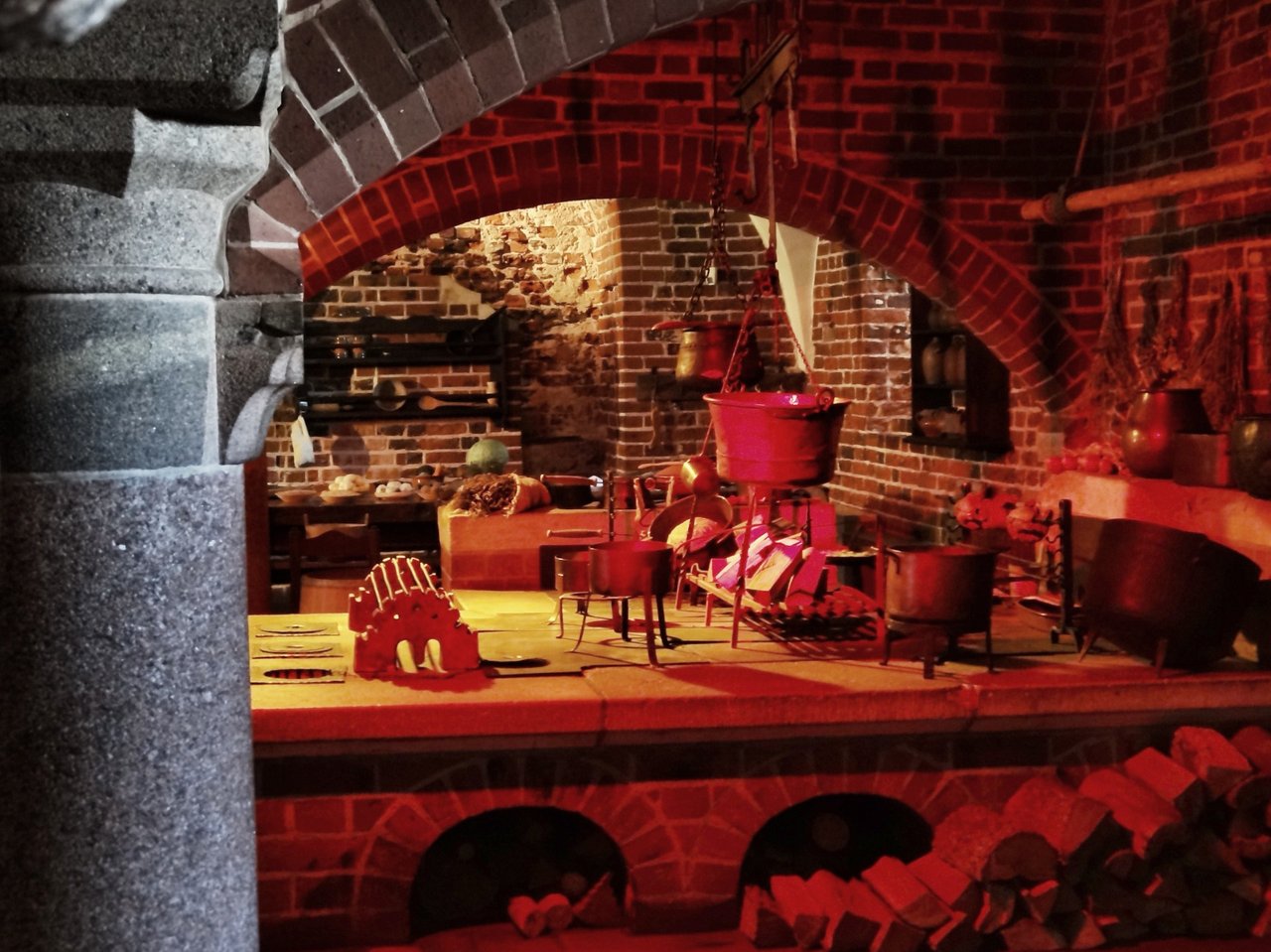 the kirchen of the knights
the kirchen of the knights
After the Arabs conquered their fortress of Acre in 1291, they first moved to Venice and then were brought to the Vistula to Christianize the pagan Pruzes. They won! The Order became the strongest power in the Baltic region, and their Grand Master resided in Marienburg Castle for a long time.
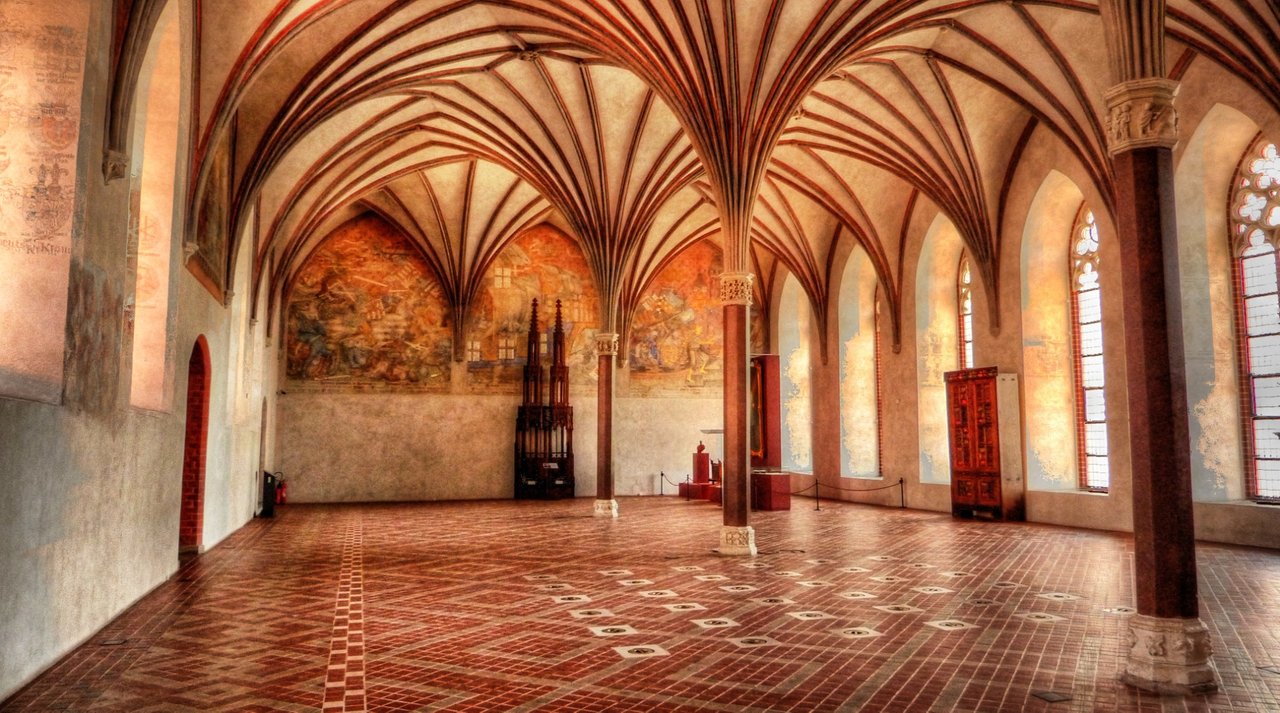 The masters great hall
The masters great hall
Best view from the shore
The best view of the Marienburg is from the opposite shore. From this perspective, the size of the complex becomes apparent. The oldest part, the four-wing building Hochschloss, was completed in 1280. Then, from the early 14th century, the construction of the Middle Castle with the Grand Master's Palace followed. Finally, the knights of the order had the outer castle built and housed there farm buildings and the armory.
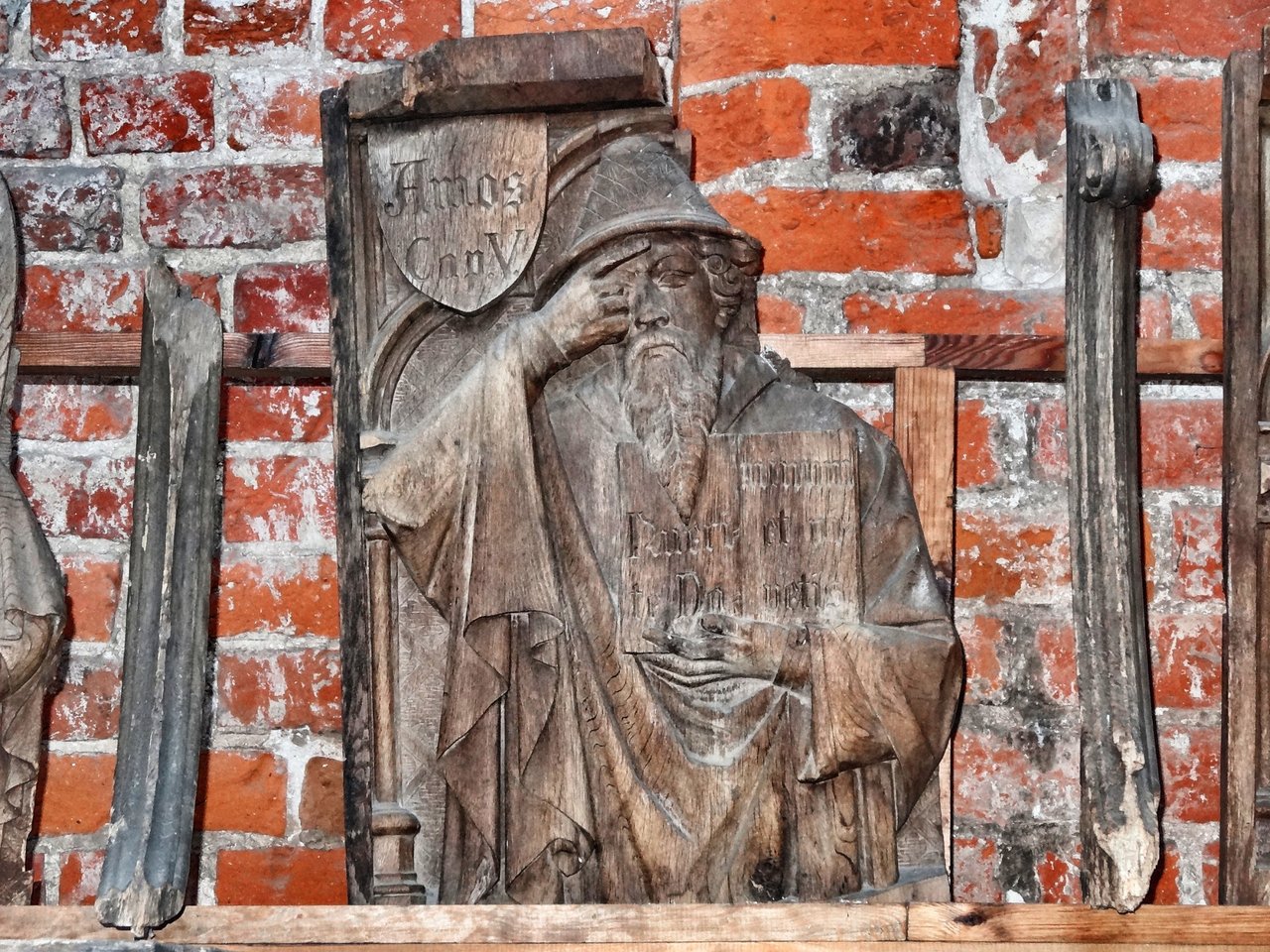 a monument for a legend
a monument for a legend
Until 1457 the Marienburg was the seat of the Order, then the decline followed. Local rulers were hostile to the knights with the white coat and the black cross emblazoned on it. Until the Battle of Tannenberg in 1410, the Order maintained the military upper hand, but then suffered a defeat against Poles and Lithuanians, from which it never recovered. In 1457 the fortress fell to Poland. The Grand Master had pledged parts of the complex to mercenaries, who promptly sold it.
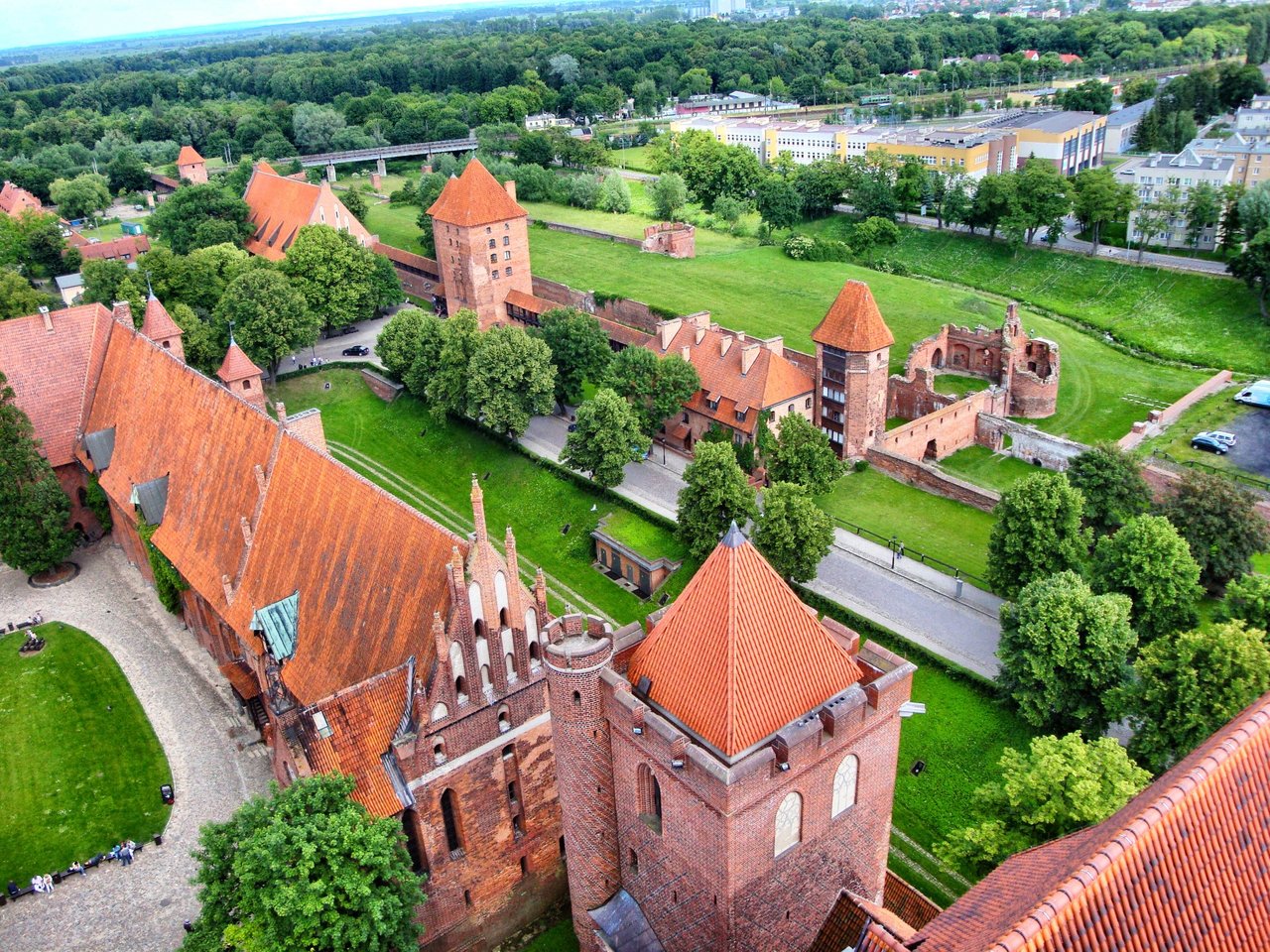 View from above
View from above
The one and only Ordensburg
It was not until the 19th century that the Ordensburg once again came to the public's attention, after parts of the medieval architecture had been destroyed in the centuries before. Restoration work began, and the german Kaiser Wilhelm II made the Marienburg one of his residences.
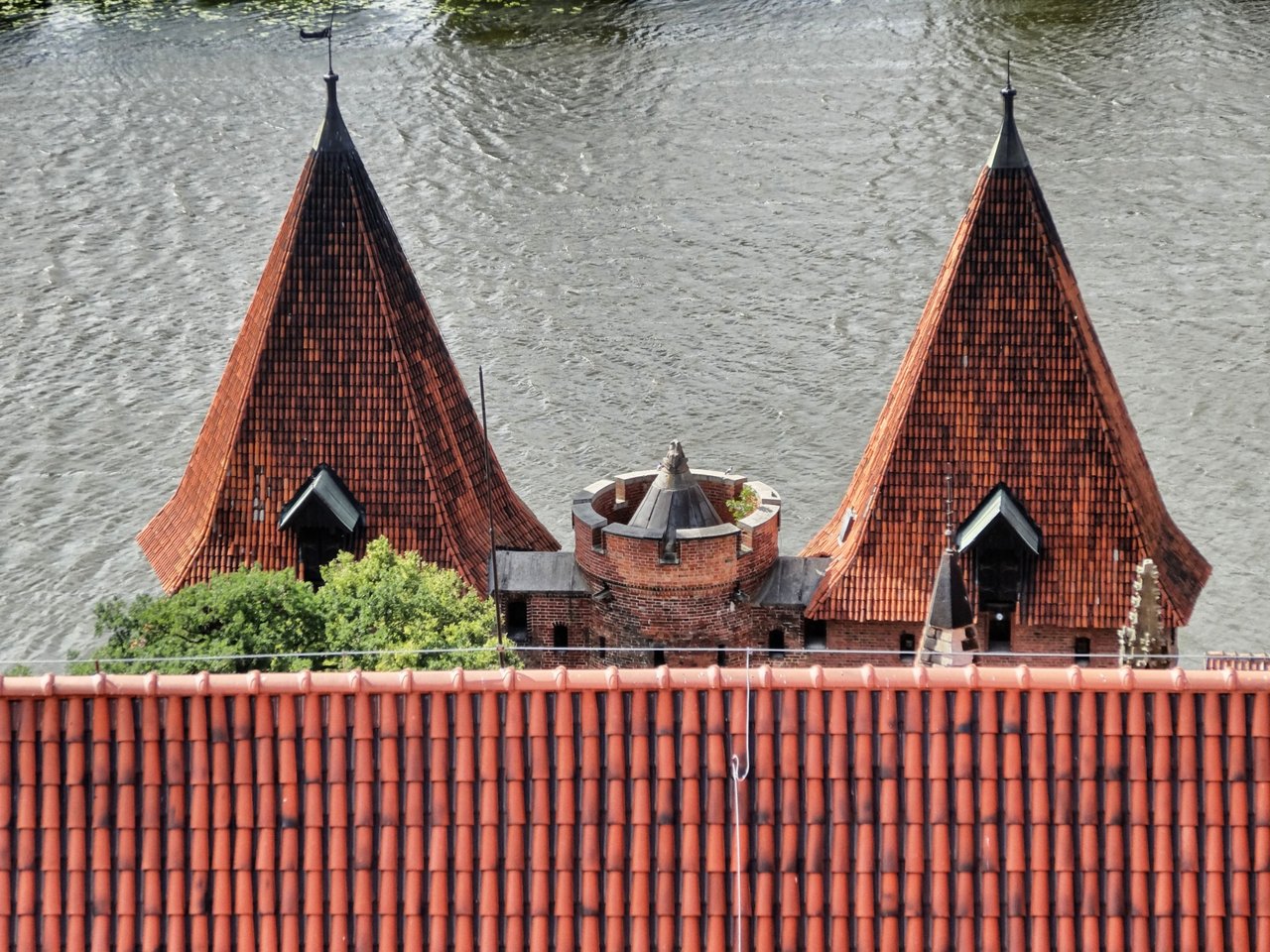 Near by the river
Near by the river
After the Second World War with its severe damage, the Poles took on the reconstruction. With a lot of love. In the Remter, the old dining room, supported by a palm vault, openings in the floor are visible, telling how modern the knightly times were. It is a medieval central heating system, the stoves were in the cellar.
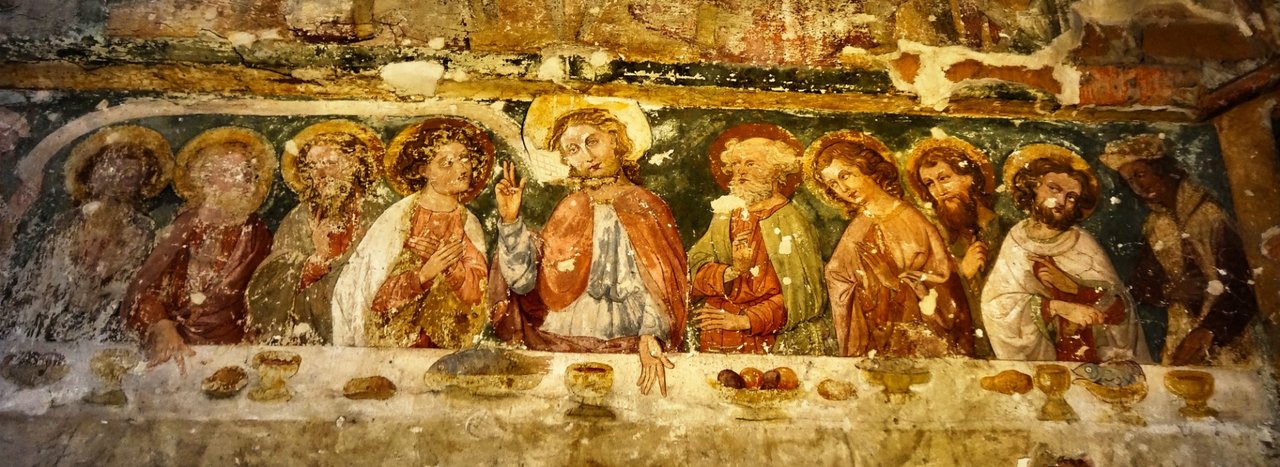 They're fighting for the true beliefe
They're fighting for the true beliefe
The whole ensemble slays the viewer, it is narrow and wide at the same time, the photos from the years after the war suggest how close the castle was to being completely demolished. In the years before, the area was repeatedly a plaything of the great powers, Prussia wanted to keep it, Poland wanted to have it, there were referendums and changes of countries.
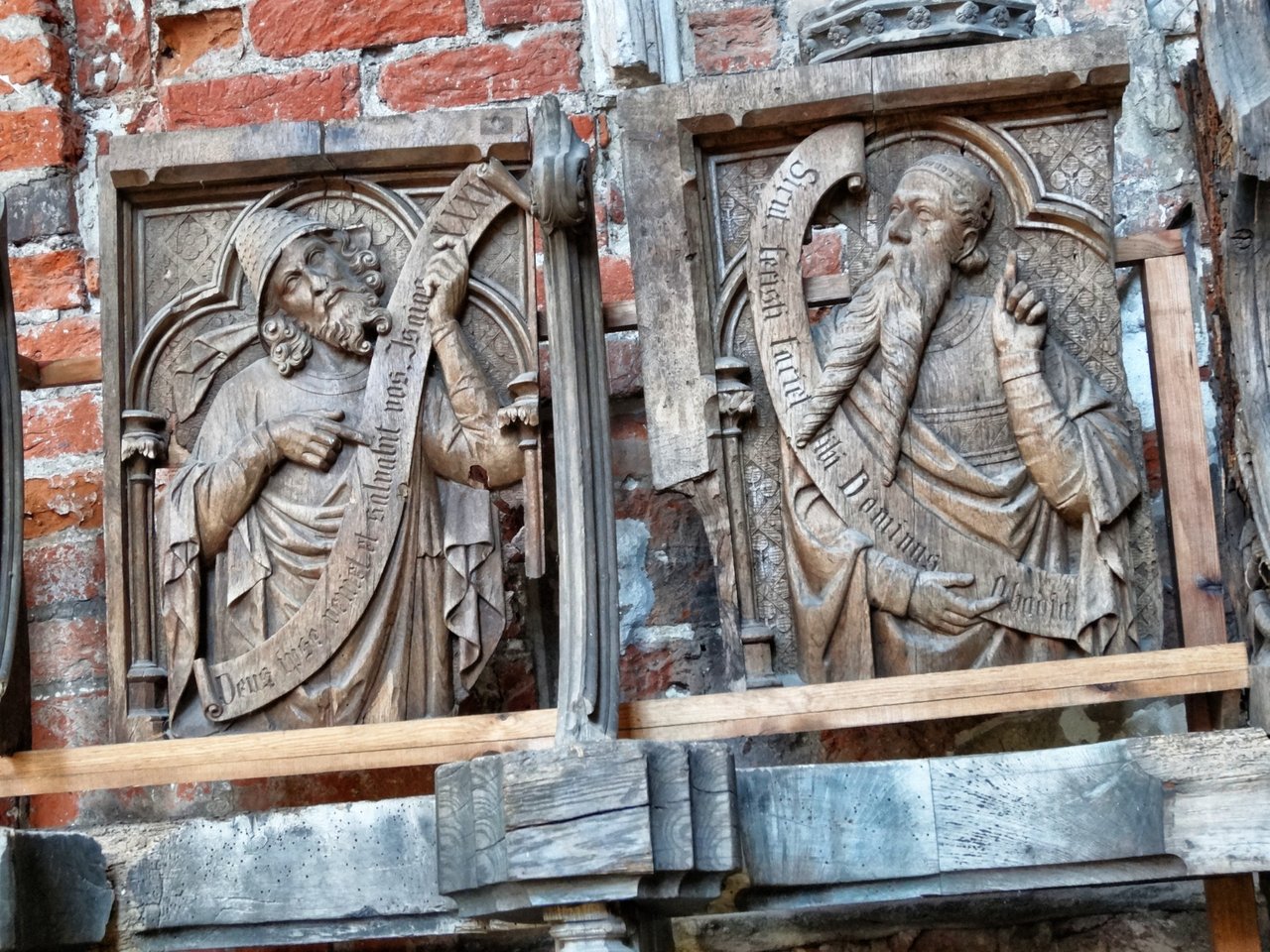 Holy men
Holy men
Destroyed by war
The Russian Red Army conquered the area around the castle in January 1945, but the fighting for the mighty fortress continued until March 9. In the process, 80 percent of the old town next door was destroyed, and the castle was also badly damaged.
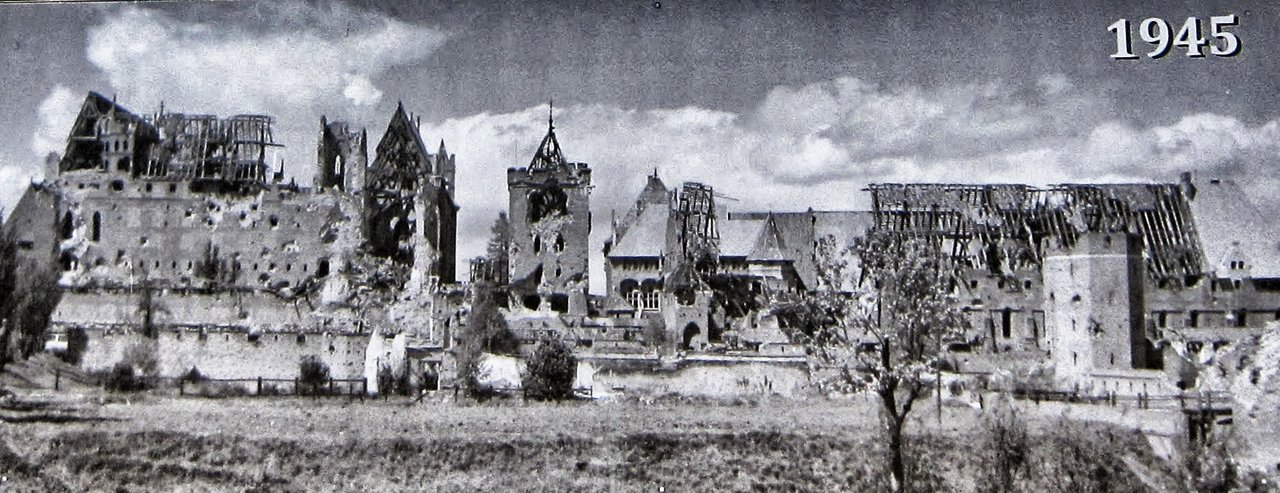 After WW2 the castle was demolished
After WW2 the castle was demolished
Today, however, it shines again, almost magically, the red wall stones that seem to glow from within in the evening light. This castle is unique and unmistakable, a real piece of world heritage whose lords are past and largely forgotten, but whose grandeur and modest splendor still remind us how powerful empires were, of which most people today know nothing.
 Today the Malbork is an eyecatcher
Today the Malbork is an eyecatcher
There is a small café in the castle courtyard. Cheers to the ghosts of the dead knights we will meet again in Tannenberg.
Thank you for reading and if you like my work please follow me on Hive, Travelfeed or Steem or visit my homepage koenau.de
A few more pictures for you:
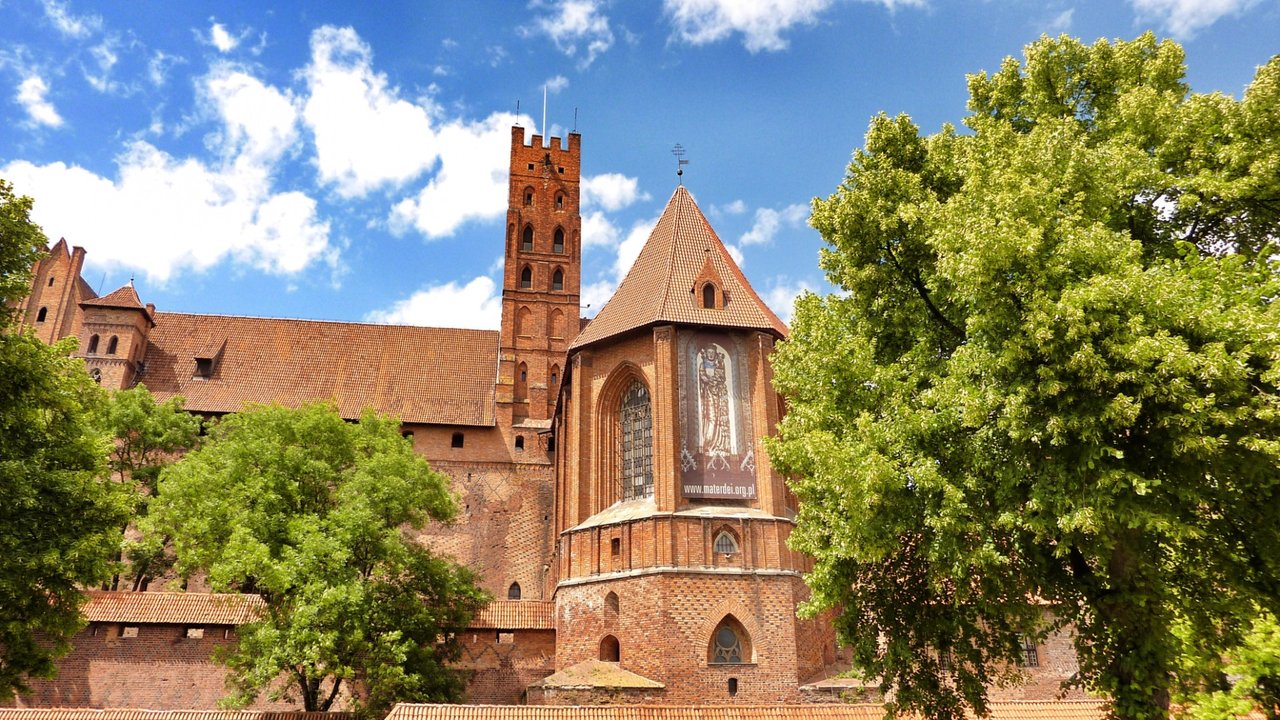 Green and red
Green and red
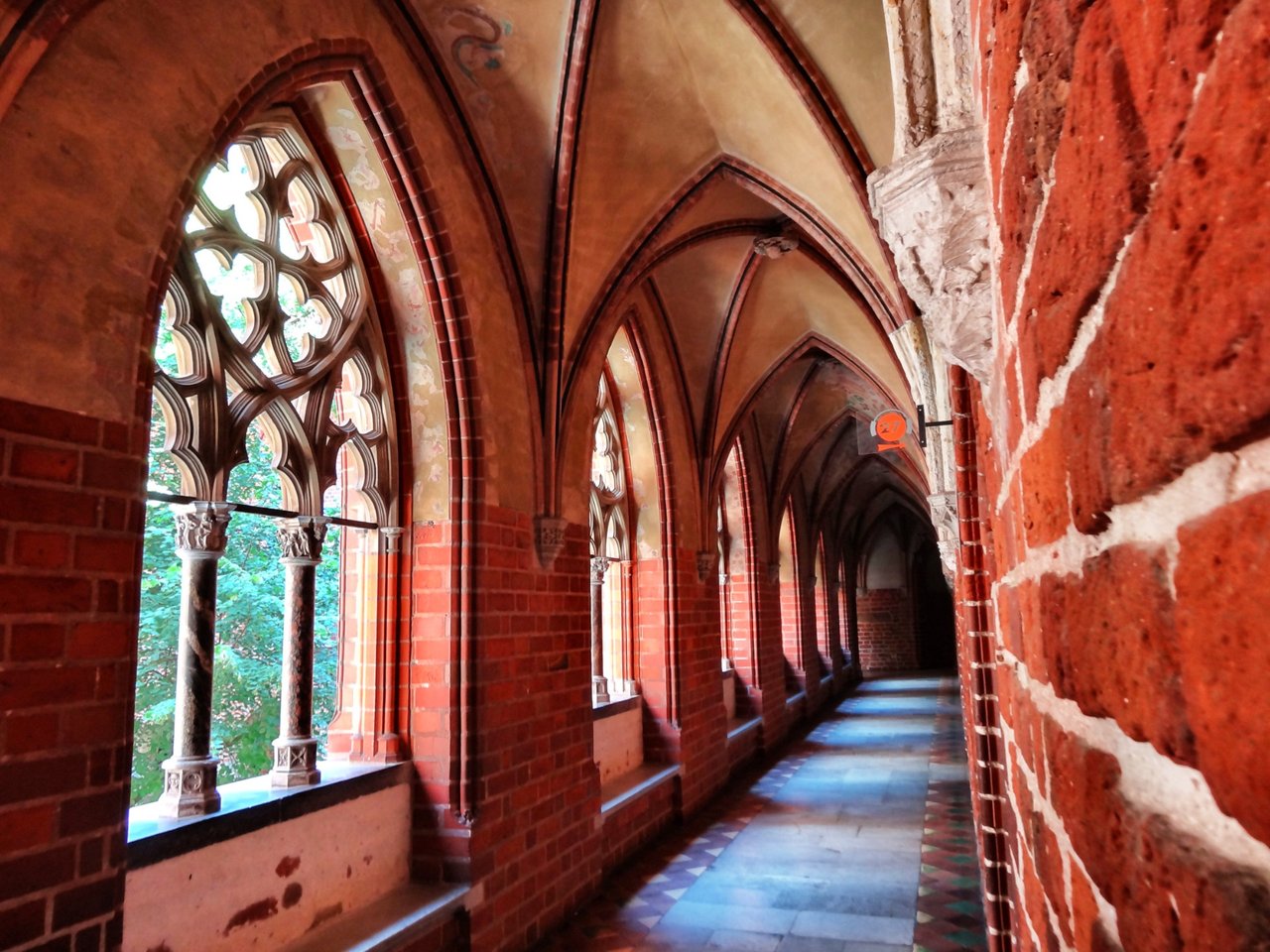 One of the endless corridors
One of the endless corridors
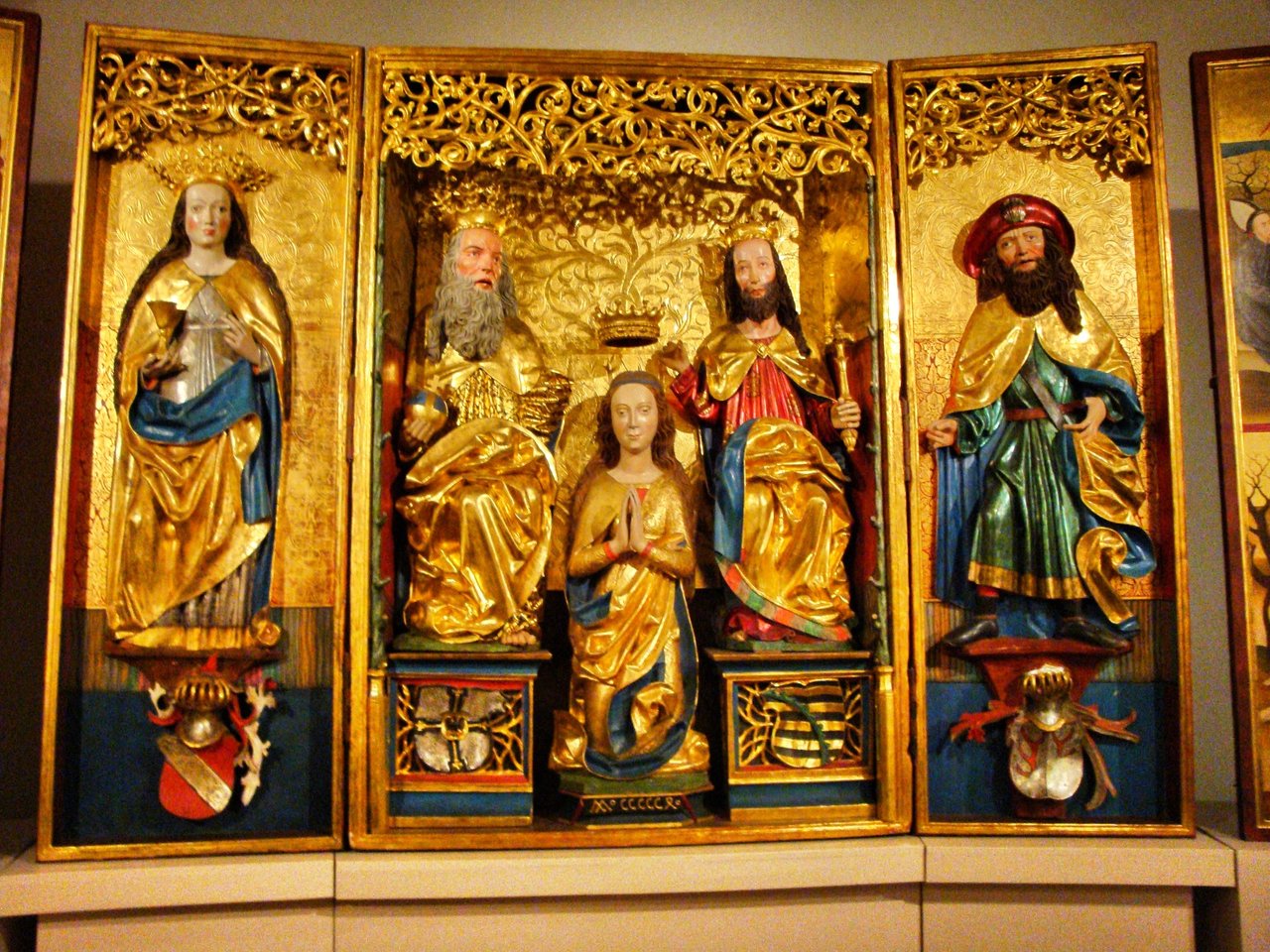 Golden altar
Golden altar
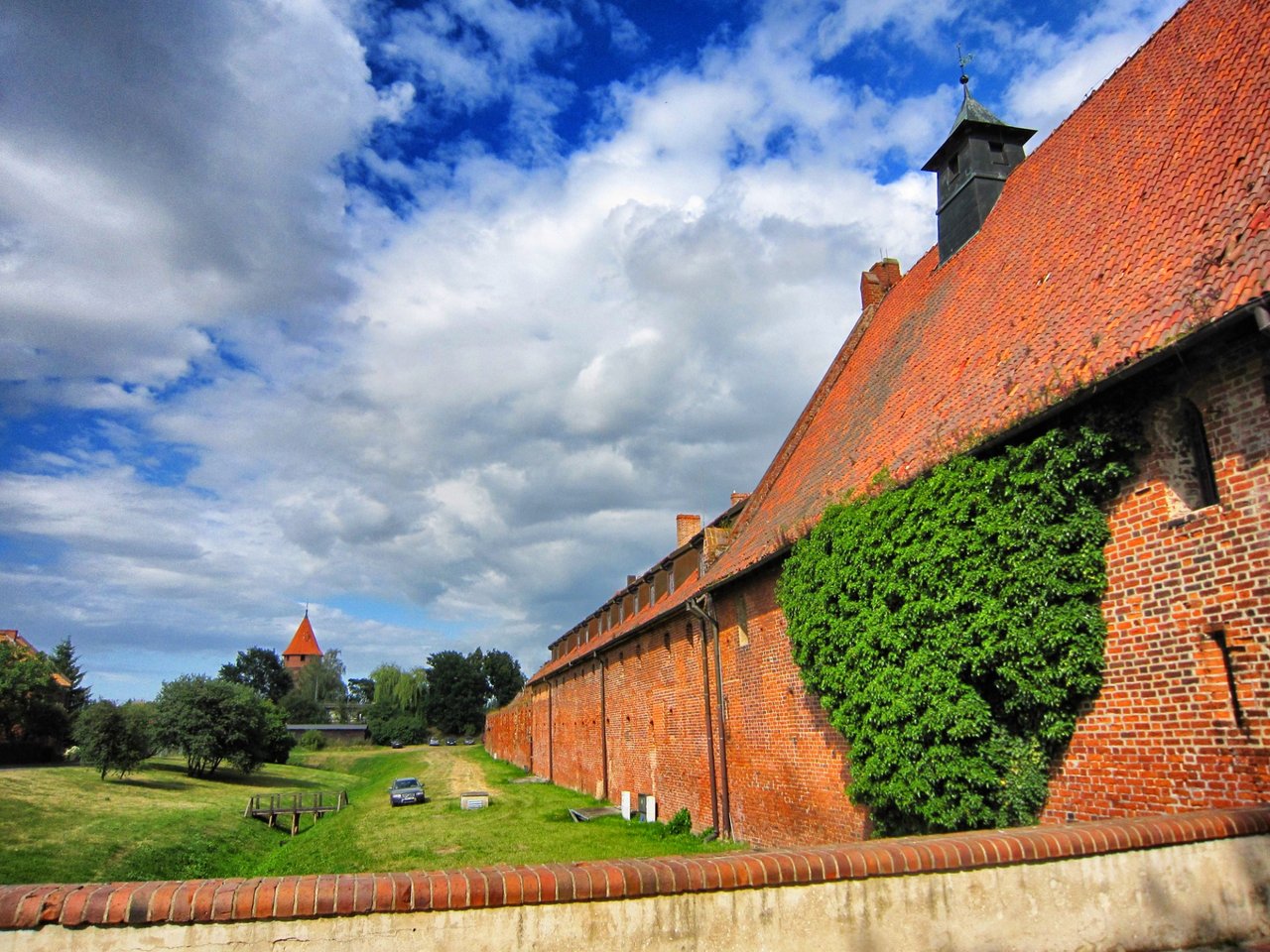 Along the wall
Along the wall
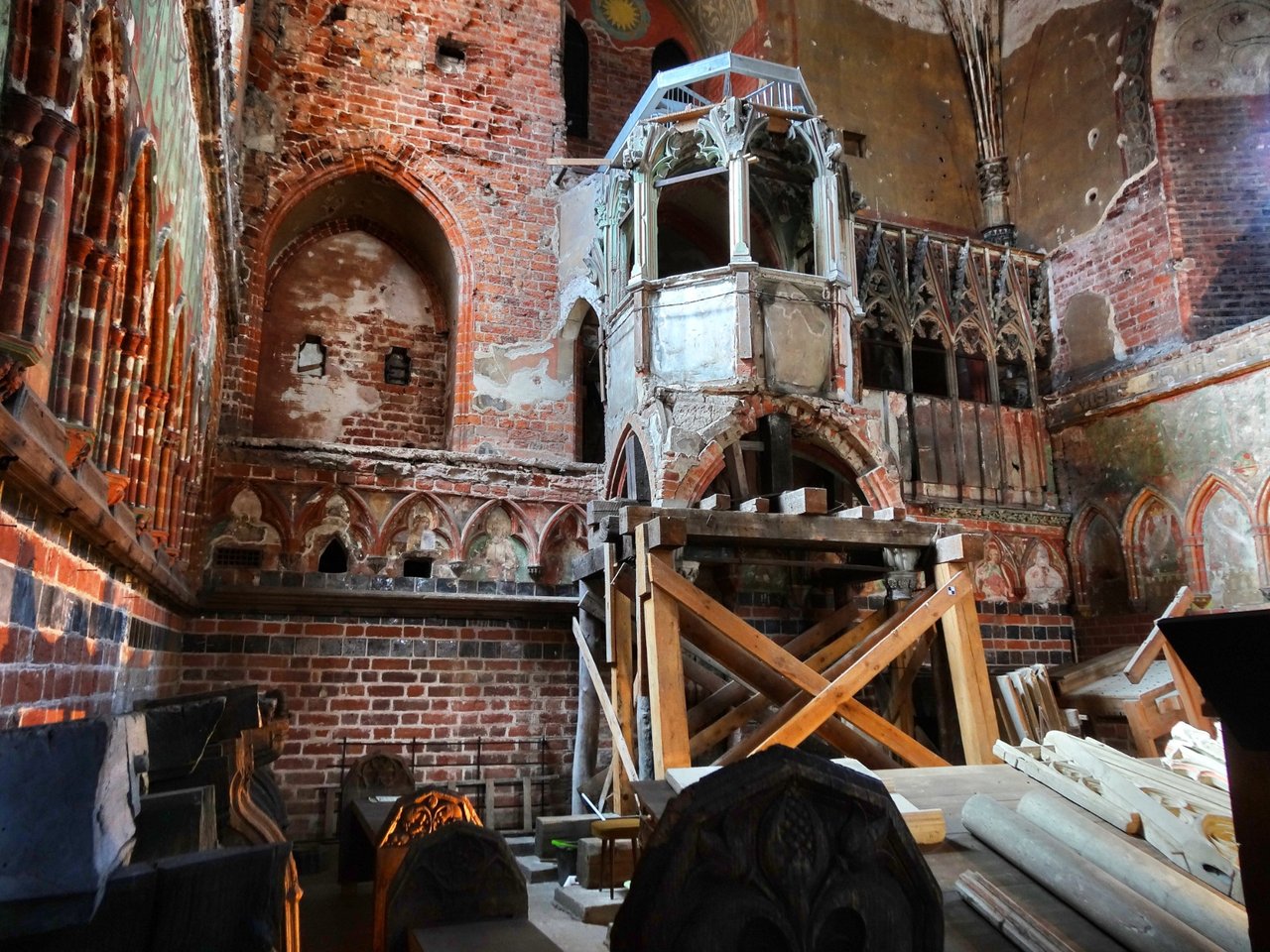 Som eparts are not completed
Som eparts are not completed
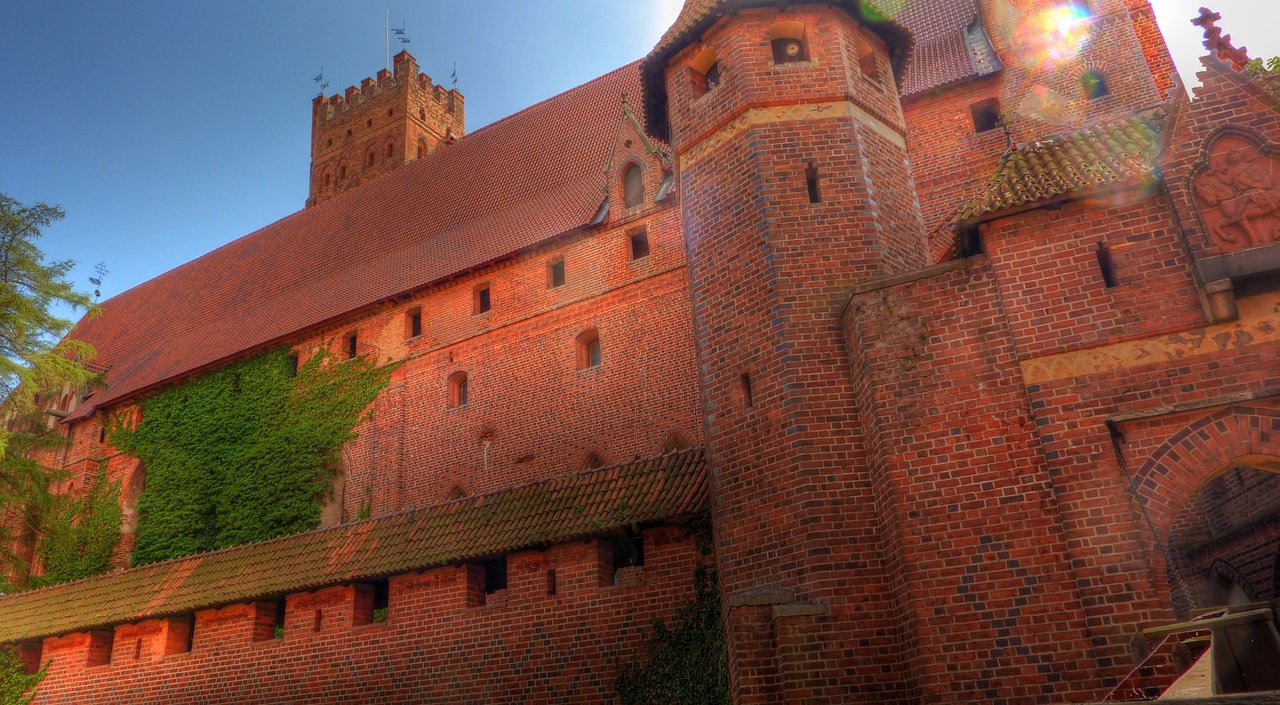 No one can storm these walls
No one can storm these walls
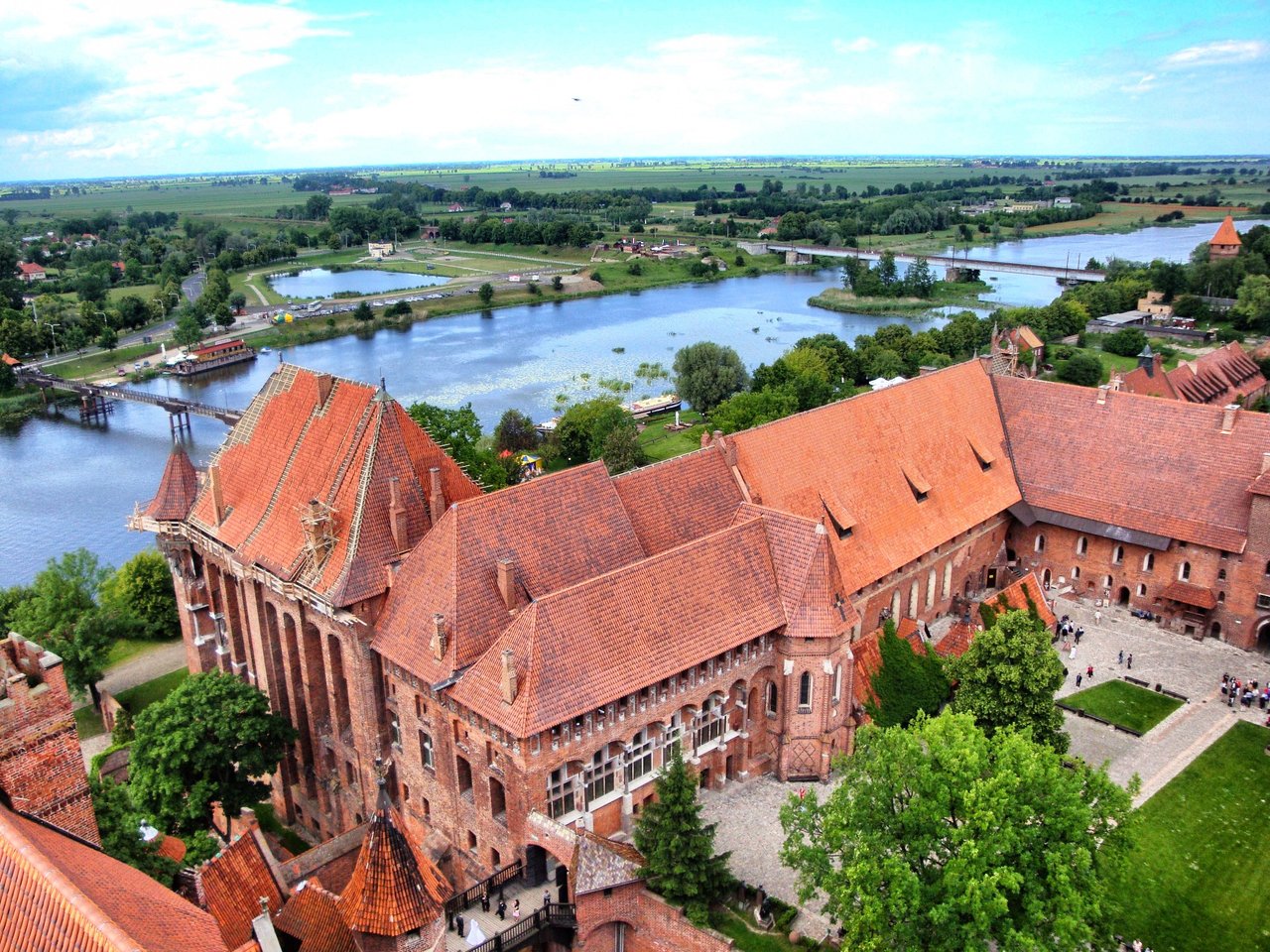 The river behind the castle
The river behind the castle
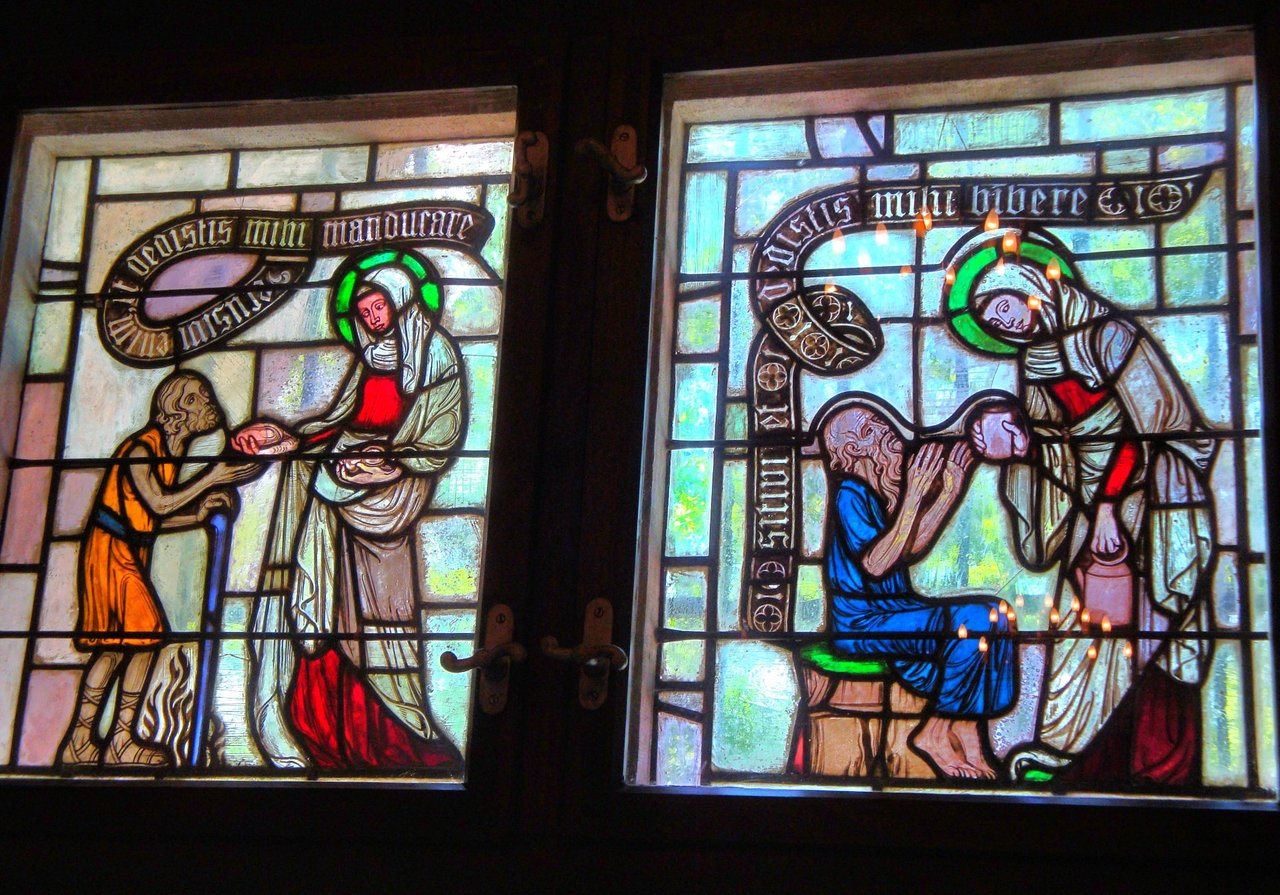 They are fighting for their god
They are fighting for their god
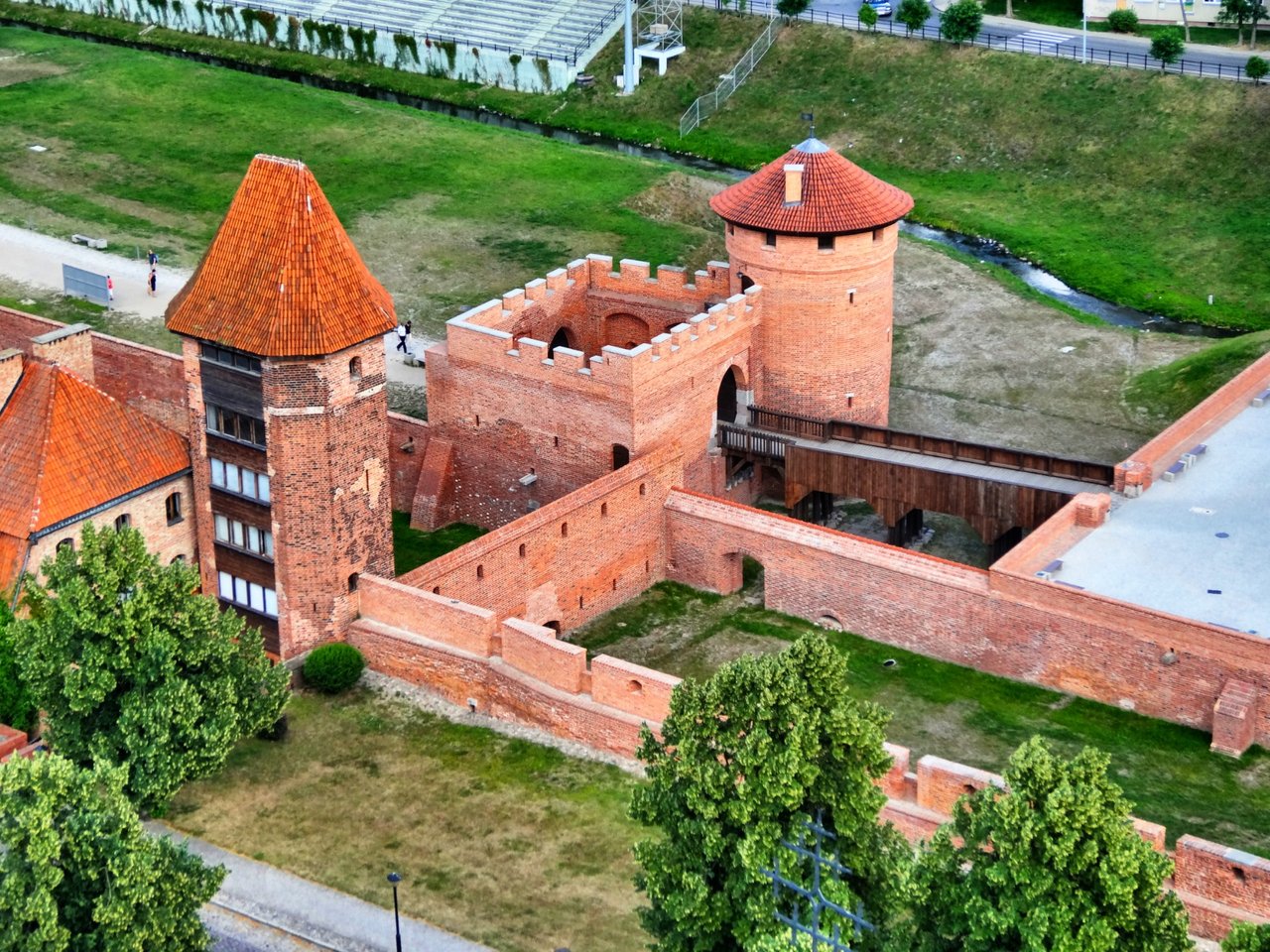 We're looking from the highest tower
We're looking from the highest tower
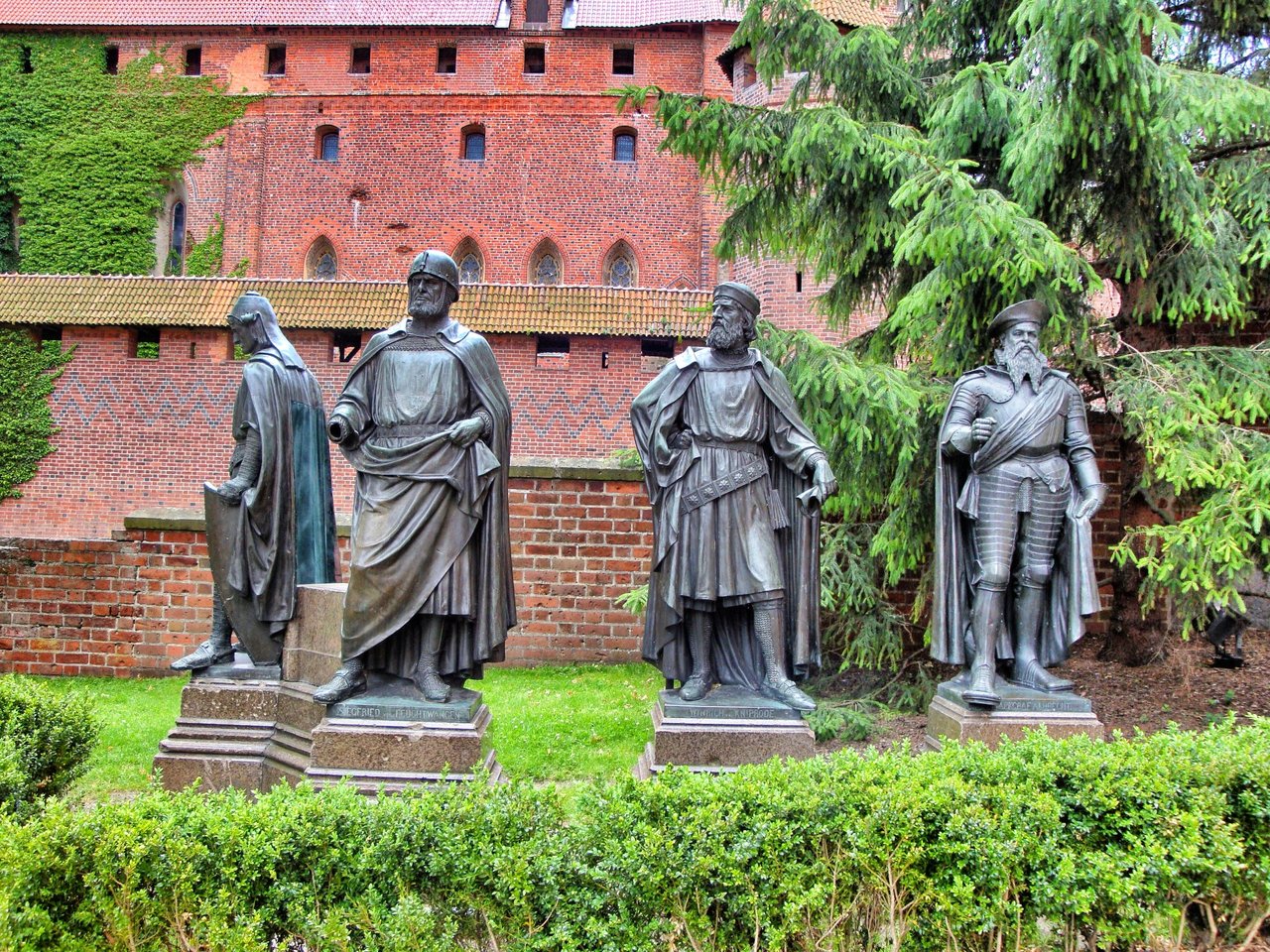 The knights of the Teutonic Order
The knights of the Teutonic Order
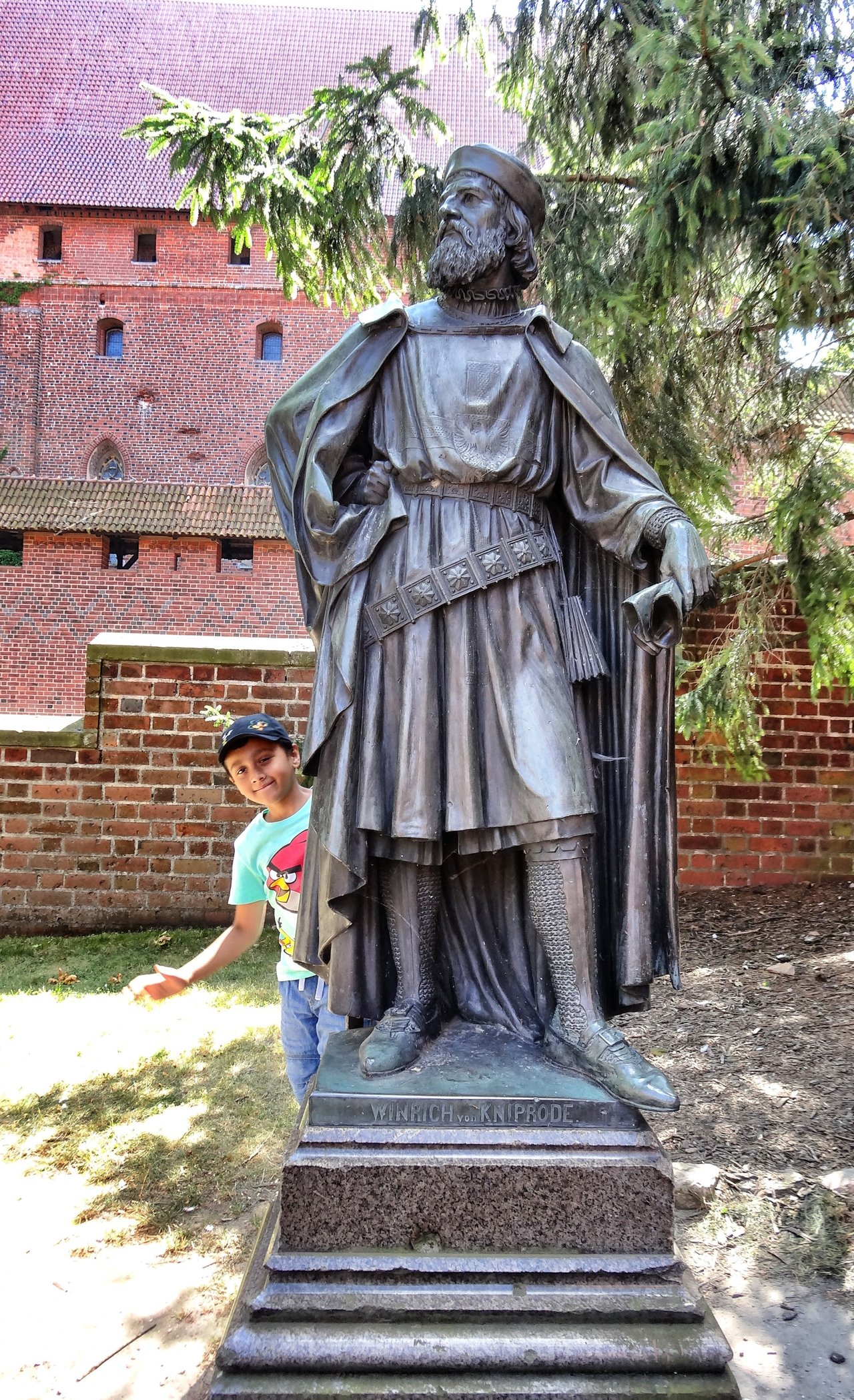 Small boy, great knight
Small boy, great knight
